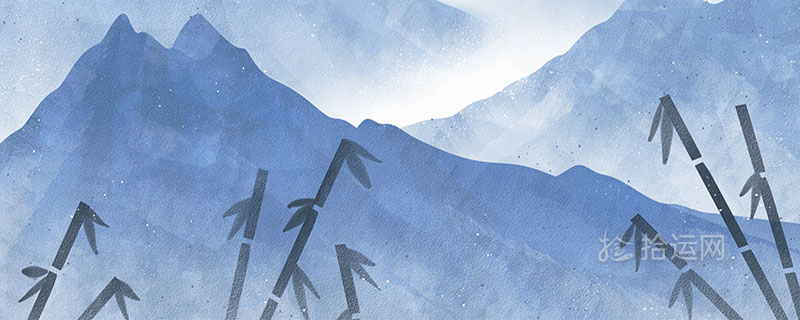The meaning and characteristics of the Xiaohan solar term
The Xiaohan solar term is a solar term with a very cold climate.When this solar term arrives, the temperature will increase.will drop sharply.Therefore, there are folk customs of eating hot pot, setting off firecrackers, eating rice, and eating mutton.

Introduction to the Xiaohan solar term
Xiaohan is the 23rd solar term in the twenty-four solar terms and the 5th solar term in winter.Douzhizi; the ecliptic longitude of the sun is 285°; the festival is on January 5-7 of the Gregorian calendar.Xiaohan marks the official start of the winter season.The cold air is cold for a long time, and Xiaohan means that the weather is cold but not at the extreme.Like the big cold, the small heat, the big heat and the final heat, it is a solar term that indicates the change of temperature.The weather characteristics of Xiaohan are:the sky is getting colder, but it is not yet cold.As the saying goes:"Cold on March 9", because "March 9" in the mid-winter is basically within the solar term, so there is a saying that "small cold beats big cold".
Climatic characteristics of the minor cold solar term
The average temperature in Beijing during the minor cold is generally around -5℃, and the extreme minimum temperature is below -15℃; in the northern part of the Northeast, the average temperature at this time is At around -30°C, the extreme minimum temperature can be as low as -50°C, and the average maximum temperature in the afternoon is no more than -20°C.The average temperature in Heilongjiang, Inner Mongolia and Xinjiang north of 45°N and the northern Tibetan Plateau is around -20°C, and the average temperature in the area west of the Hetao near 40°N is around -10°C.The average temperature in the Qinling Mountains and Huaihe River is around 0℃.There is no seasonal frozen soil south of this line, and there is no obvious wintering period for winter crops.At this time, the average temperature in the Jiangnan area is generally around 5 ℃.Although the fields are still full of life, there are also cold air from time to time, causing certain harm.
Folk Customs of the Minor Cold Solar Terms
In life, in addition to paying attention to daily warmth, the flavor of the Minor Cold New Year is getting stronger.Lanterns, firecrackers, incense and so on, one after another to prepare for the Spring Festival.In terms of diet, mutton hot pot, fried chestnuts with sugar, and roasted sweet potatoes have become the fashions of Xiaohan.As the saying goes, "Three nines make up one winter, and there will be no pain in the coming year", which refers to the practice of eating mutton in winter to nourish the body.In ancient times, the people of Rugao attached great importance to Xiaohan, but with the changes of the times, it has gradually faded away, and people can only find traces in life.
The daily diet of residents also focuses on warm foods, such as mutton and dog meat, among which mutton soup is the most common.Some restaurants also offer angelica ginger mutton soup, and some traditional winter mutton dishes are reproduced on the table.It reproduces the Rugao cold winter food customs.As the saying goes, "A small cold is a big cold, and the cold becomes a ball of ice".During this solar term, young people should be careful not to develop acne due to excessive consumption of fatty, sweet and spicy foods.

微信扫码关注
更新实时通知
